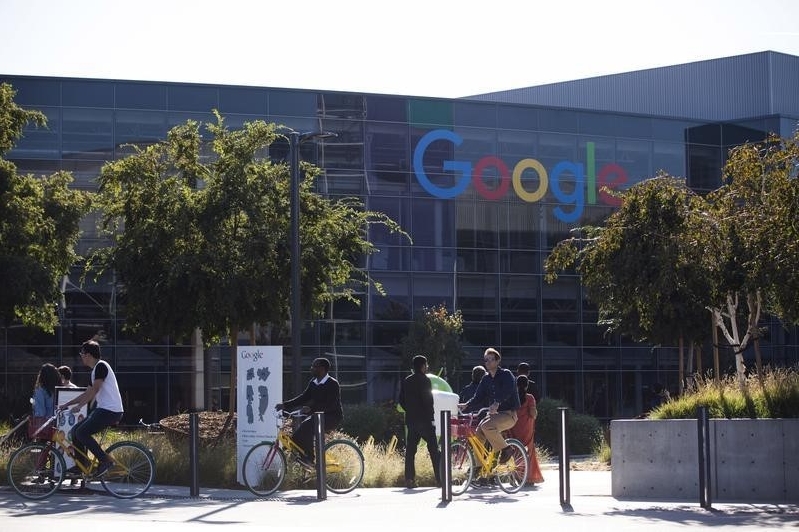
It goes without saying that one of the most popular apps that is used by millions worldwide each day would be none other than Google Maps. After all, with the inclusion of GPS navigation capability in our smartphones and mobile devices, there is essentially no more need for a dedicated GPS navigation device. The smartphone does it all, and Google Maps is also pretty handy when it comes to providing travel suggestions, route directions in an unfamiliar place, as well as options when you would like to walk to a particular destination from where you currently are. Well, it looks like Google’s work ethics that allows its employees to spend their “20% time” working on a pet project that is not related to their main jobs has sprung yet another potential winner -- through an improvement in Google Maps that will allow wheelchair users to know whether a particular location is accessible to them or not.
Other unique Google apps and services that we have all come to know and use today include Gmail, AdSense, and Google News, where all of those kicked off as 20% projects. Hence, it is nice to see that wheelchair users are thought of in the latest changes to Google Maps. Rio Akasaka is the person behind this implementation, where he is a product manager on Google Drive by day. However, he decided to use his 20% time to work on accessibility features where Google Maps is concerned.
Over the previous year, Akasaka did work alongside other contributors, and the numbers in the team fluctuated between five and 10, depending on their availability. The whole idea? To make sure that Google Maps has accessibility guidelines. Right now, the map tool does have a smattering of information concerning certain venues and places which include the most busy period, operating hours, reviews, and atmosphere -- and soon, we can check out information concerning a venue’s suitability when it comes to those who have access needs.
Google Maps will figure this out from its "Local Guides". Local Guides are basically Google Maps users who will then provide information from questions asked concerning the places that they have visited, and Google is finally confident that the results from all these questions are now ready to be compiled and released in order to deliver a better navigational experience.
Akasaka mentioned to Business Insider, "Accessibility at Google is a big deal. But it's often facilitated by whether or not there's a legal requirement, or some sort of requirement we need to adhere to." Since there has been no rules whatsoever that covers accessibility requirements when it comes to mapping out a particular area, Akasaka and his team decided to take on a more proactive role. Not only will wheelchair users benefit from this particular feature, others such as parents with prams, or folks who rely on canes and walkers, will also be able to better know what they can expect from a particular building and its facilities.
It would surely take some time before this change is reflected worldwide, but it is a commendable step to begin with.







